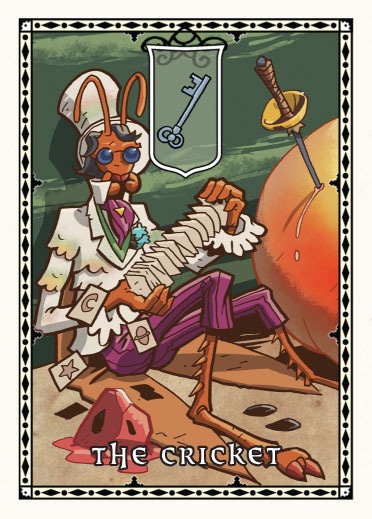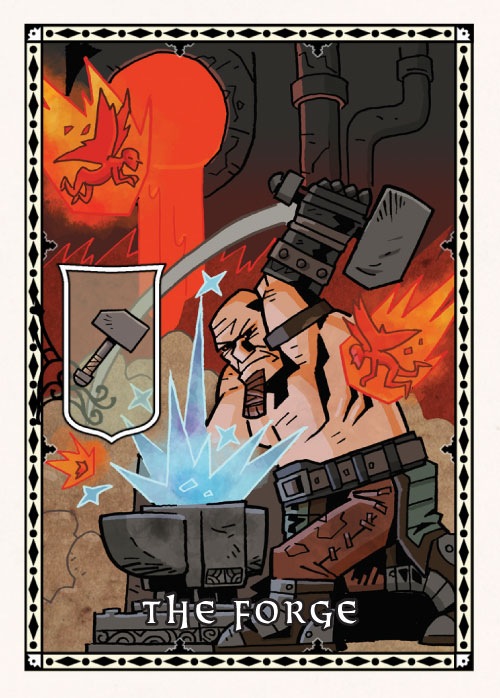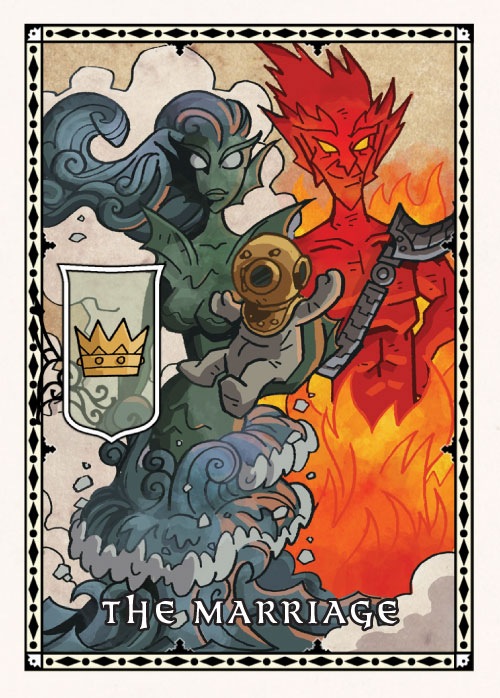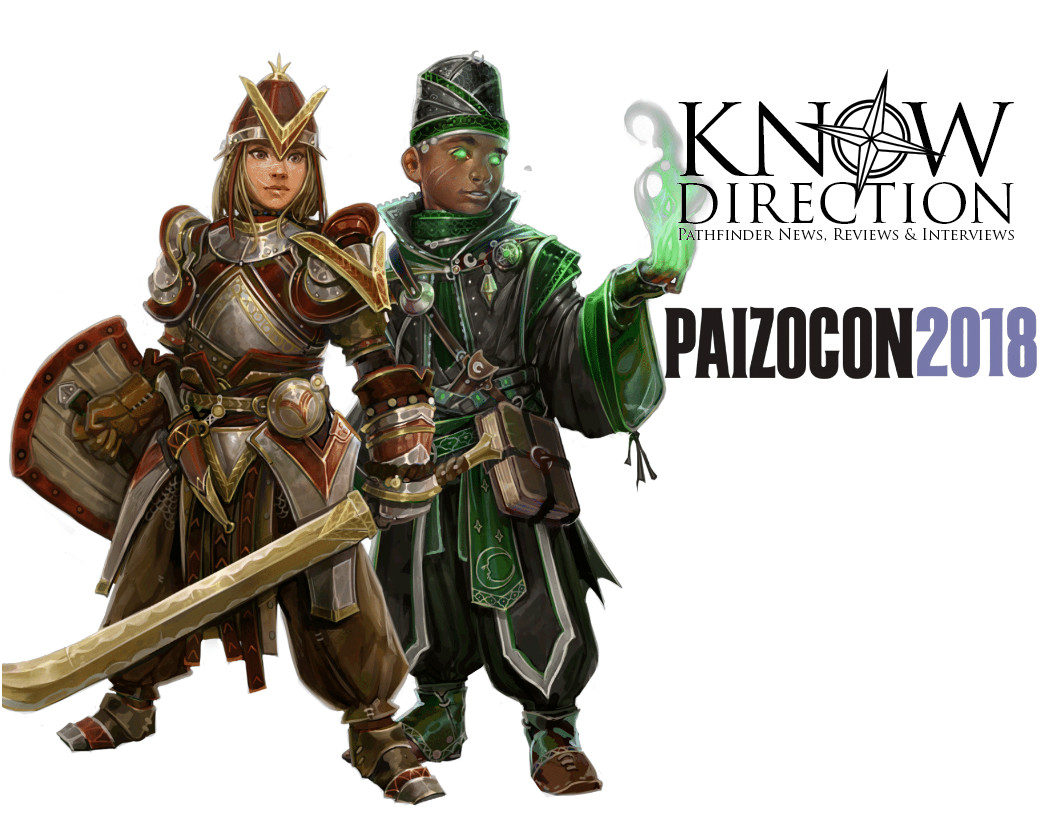Randal asked me to take a look at his submission for the Designfinder contest and I figured I would go full developer on this thing. I’m hoping to tear this thing apart and show what works and what doesn’t, as well as point out some mistakes here and there along the way. Let’s get started!
Overall, I would say this is a very solid item. Mechanically, it works just as I believe that Randal intended and there’s no confusion with how any of this works and the description is fine enough. So, if I were to give this item a brief critique it’s this: it’s fine. It works, but it’s not very sexy. This is the kind of item that a player sees in their latest sourcebook and promptly forgets about forever until it shows up in a treasure stash somewhere. 5/10, needs improvement. Come see me after class.
Okay! Now, let me go into an in-depth critique of the item.
First, I’m going to dive in to a lot of the little nitpicky things that are easy to forget and miss that can add up. The very first thing I want to point out is the item name. The nature of the Designfinder contest requires any would-be contestant to follow the formatting and style requirements, which is the same thing that a freelancer would have to follow. The contest is following the formatting in the Core Rulebook, which has the name of every item bolded. It might not look that way with the final art and design styling of the magic items, but it is the case. Don’t forget to bold your item names!
Next up are some of the details. The aura for the item matches with the type of spells used here, but the strength of the aura is off. Per the detect magic spell, a 5th level magic item emanates a faint aura. It seems like you mixed it up with a 5th level spell, which emanates a moderate aura. Speaking of the caster level, you forgot the “th” on “5th” level. The slot and the weight are both “blank” and require an em-dash, but you have just a typical hyphen here. It’s an easy thing to miss and there were even entries in the Top 16 that missed that.
Finally, regarding the price of the item, I think it’s just fine. Calculating a price is always tough because it seems like you can get the price you need with the rules on magic item creation, but it’s rarely that simple. If we work on the item’s first effect, the bonus to Heal checks, the price comes to 2,500 gp (the bonus squared [25] x 100). If you look at the morale bonus from the second ability, the price is 32,000 (the bonus square [16] x 2,000). The cure disease ability might give us a value of 27,000 gp (3rd level spell x caster level 5th x 1,800 for a command word item), but as you can only do that once per week we might divide that by 7 for a total of about 3,800 gp. See? It’s weird! Considering a lot of these require you to be using the Heal skill already, I would smash the 2,500 and the 3,800 values together and then gauge from there what a reasonable price is. 7,500 seems good to me! Typically, you would also want to measure the item’s price against items that offer similar effects, but we’ll stick with this for now.
Now let’s take a look at the item’s description. As I mentioned earlier, this item’s rules and descriptions are really solid. There’s nothing that is unclear regarding the use of the item. You made sure to remember the required action or actions for each of the item’s abilities, which is something that I see forgotten pretty often. A few things need tweaked in the item’s final ability. Based on our current stylings, we no longer “make” a skill check. Instead, we “attempt” a skill check. It’s not a big deal, but it’s one of those things that shows that you are keen on the current language of the game. Also, you need to make sure you capitalize the word “heal” when referring to the skill.
The big thing the item has working against it is that it’s kind of boring. It works just fine and would actually be okay among the ranks of a slew of new magic items in a new sourcebook, but when it’s intended to be an entry for a contest to prove both your creative and design chops, it doesn’t really stand out. If you received an assignment to create new magic items for healers, this would fit perfectly as is. It’s serviceable, but not notable. The description is interesting enough, especially your potentially revised description, but I feel like the mechanics could have been so much more. Essentially, the item is just a few bonuses and a remove disease spell, but you have to use all of its effects outside of combat. Downtime items can be neat and interesting, but a lot of players are more concerned with something that can be used right away. Right now, if I were given the option between this item and a scroll of remove disease, I would go with the scroll. It’s cheaper and I can use it mid-combat. Sure, my Heal skill might be better than my caster level, but spending an hour is a long time and a scroll is a lot cheaper!
If I were told to punch up this item and make it more exciting, here’s what I would do. First, I would keep the Heal bonus by including a reading as part of treatment. I like that and I think it makes for great flavor or roleplaying. Next, I would lean in to the “spell in a can” aspect of the item. In-setting, the harrow deck has six different suits, each tied to a specific ability score. I would have each card in the deck have its own bit of magic and allow you to spend multiple cards’ worth of magic to gain different effects. For example, if you use 1 card’s magic, it would heal some hit points or restore 1 point of ability damage to its associated ability score. Next, by using 2 cards’ magic, you could suppress a few lesser conditions like dazzled or fatigue. Maybe 4 cards could let you suppress more conditions like exhausted or shaken or attempt to remove a poison. 6 cards might suppress staggered and possibly remove a disease. 8 cards could suppress nauseated or paralyzed. 9 cards could act as a remove curse. Finally, the deck might have an ability to grant breath of life by expending a large number of cards or even the entire deck. This would require reworking the price, but I could see this version of the item allowing for more interesting options as well as some strategic considerations regarding the use of cards. The one issue here is that the contest requires keeping your submission setting neutral, so there might be a bit of fiddling about with the item’s flavor to make it legal.
One last thing I need to do is look over Randal’s revised version of his item. He kept the same healing theme with his harrow deck and worked on punching up a lot of the descriptive language. This makes for a lot more interesting read. He also added in a few flourishes to the rules elements like the new harrow spreads or requiring the user to whisper or shouting the ailment when using the deck. Mechanically, it’s still mostly the same, except now the user has the option of choosing to either spend an hour or a standard action to attempt to remove a disease with an interesting trade-off in that using the standard action drains the deck of magic. That makes for an interesting strategic choice. As I mentioned before, this item would be perfect among a spread of similar magic items and would probably be one of the more memorable options in its revised state. For the purposes of the contest, it is more interesting, but I think it’s still just a bit away from that wow factor that these kind of contests seek. I think that it could make it to the next round in its revised form, but it not be a strong contender in my book. 7/10, Almost there!
Phew! That’s more than four times the words used for the original item. I was intentionally being pretty thorough with my analysis, though, as I wanted this to serve as a critique of Randal’s item and also as a guide for any future magic item designers! Hopefully, I didn’t come across as exceptionally mean. There’s a lot of considerations and things to know with regards to a rule system like Pathfinder and a good magic item is a great chance to show that you have what it takes. I hope this was helpful!










This was very insightful. From the em-dash (something i was guilty of in Superstar submissions). To just the development process in general. Good article (9/10)